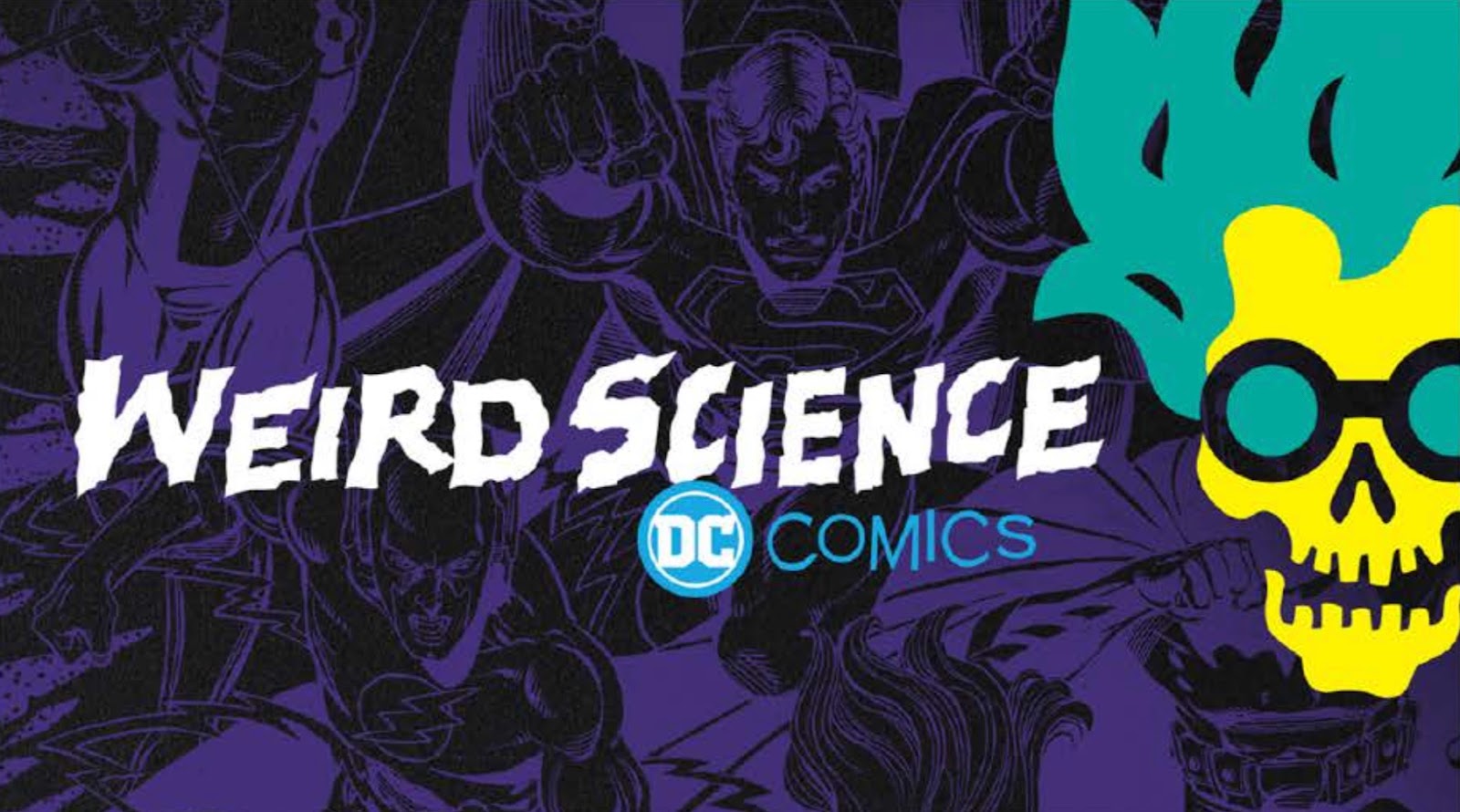Art by: Ramón Pérez
Colors by: Sofie Dodgson
Letters by: Hassan Otsmane-Elhaou
Cover art by: Ramón Pérez
Cover price: $3.99
Release date: March 26, 2024
The Flash #7 takes Max Mercury and Impulse on an unscheduled tour of the Linear Bureau to make sense of everything that's happening.
Is The Flash #7 Good?
There comes a point in a hyper-convoluted line of thinking where the clouds part, the sun shines, and the "Aha!" moment hits you right between the eyes. Sometimes that moment is a good thing. Other times, not. Si Spurrier's latest entry, The Flash #7, is a mix of both.
When last we left the Flash, Wally and Linda went out on an "activity date" to stop crime as a couple (mostly with Linda riding piggyback). After encountering several distortions, the Stillness, and Barry Allen, the ripples of existence pushed the Flashes together to stop a tear in reality. The plan worked, but a momentary blip of possession put Wally and Barry on opposite sides of a fight, leading to a possessed Barry stabbing Wally with a temporal flux facemask. The issue ended with the (unsurprising) revelation that Eobard Thawne was behind everything.
Now, Impulse accidentally finds the lost Max Mercury in a sideways dimension dubbed Ickto (so named by previous speedsters as a place between "Tick" and "Tock." Get it?). Just when the speedsters were about to be killed by existential beings, they were rescued by armed soldiers calling themselves the Linear Men, servants to the Linear Bureau. When Max and Impulse return with the soldiers, they're met by Inspector Pilgrim (the mysterious guy with the funny sun hat from issue #1), who explains he's head of the Research Division.
Without getting too much into the particulars (because they don't matter), Inspector Pilgrim explains reality is crumbling because speedsters continually using the Speed Force are indirectly destroying it. Too late, Max realizes the Linear Men didn't rescue Max and Impulse to save them but to arrest them.
Meanwhile, something funny is going on in Barry and Linda's minds.
Do we learn more about Eobard? No, he's not seen, heard, or referenced in this issue.
It sounds like Spurrier brings a lot of clarity to this issue, but why does it sound so familiar? Oh, my friend, there's the rub. Clarity is the good thing Spurrier brings, but the good is tempered with the bad when you realize Spurrier's hyper-convoluted, pretentious, over-complicated attempt at "smart" cosmic horror is simply a less good version of a Start Trek: The Next Generation episode titled "Force of Nature." In short, Spurrier rips off a cool idea and tries to hide it in a bunch of distracting noise. I guess you get what you pay for.
What's great about The Flash #7? In storytelling, clarity is king. Spurrier does his best to "hide" the clarity of the concept under an esoteric patina, but the gist comes through. If you've been struggling to understand what's happening, this is the issue that may part the clouds of confusion.
What's not so great about The Flash #7? Spurrier's brand of pseudo-intellectual storytelling is thoroughly unenjoyable and an outright chore to read. File this series under "writing that tries way too hard to prove how smart it is and fails miserably."
How's the art? Ramón Pérez steps in as a guest artist for Deodato, and the results are okay. Except for an Impulse whose head is much too big for his body. The net effect is a perfectly serviceable set of visuals.
About The Reviewer: Gabriel Hernandez is the Publisher & EIC of ComicalOpinions.com, a comics review site dedicated to indie, small, and mid-sized publishers.
Follow @ComicalOpinions on YouTube, Facebook, Instagram, and Twitter
Bits and Pieces:
The Flash #7 brings much-needed clarity to a hyper-confusing storyline. Clarity is always a good thing, but unfortunately, that clarity reveals Spurrier's whole concept is borrowed from an older, better story, which may lead readers to believe they've wasted their time struggling with Spurrier's needless complication.
4/10



No comments:
Post a Comment